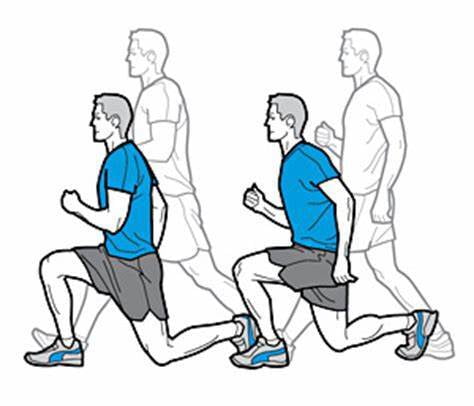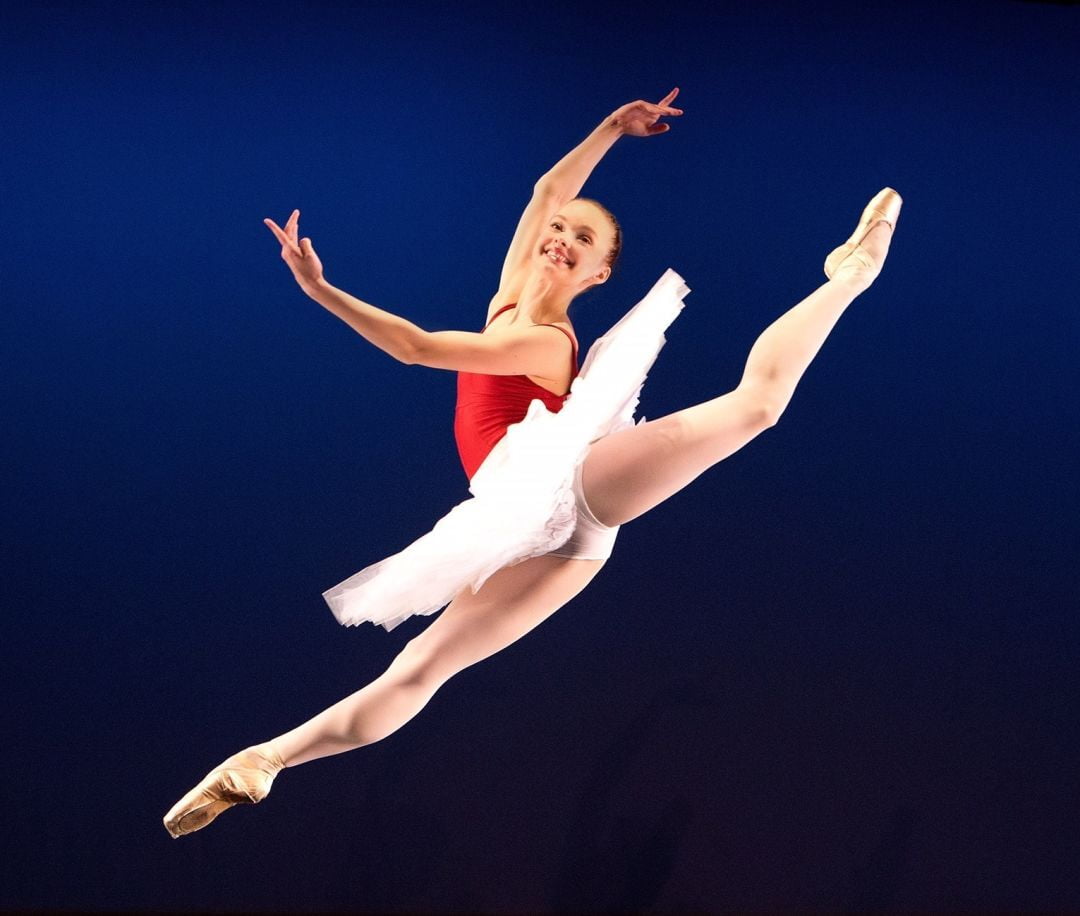What Stretching Does and Does Not Do
This article is based on a Physio Network publication by Dr Jarod Hall, Physical Therapist in the United States.
I have summarised his valuable, scientific work, making it simple and brief.
Stretching is generally considered an important part of most training and rehabilitation programs. Some professionals advocate stretching before activity, some claim it can only be beneficial after activity. Some advocate dynamic stretching while some champion the benefits of low load long duration static stretching. Here we look at the evidence and what it tells us about the effects of stretching on body tissues, whether or not stretching prevents injury, if stretching can influence posture, if it impacts performance, different types of stretches and possible benefits.
A physiotherapist can help you decide on a stretching program that is appropriate for you.
Key points
- Types of stretching: Static, dynamic, ballistic, proprioceptive neuromuscular facilitation (PNF).
- To improve flexibility static stretching appears to be effective. It may alter the structure of the muscle and tendon when applied for long durations at relatively high intensity. It also appears to improve range of motion by improving stretch tolerance.
- Dynamic stretching appears to improve performance and has more pre-competition benefits than static stretching.
- Aggressive static stretching can decrease strength and power output if performed immediately prior to competition and does not appear to decrease the rate of sports related injuries.
- Dynamic warm-ups and strength training programs do appear to decrease the rates of sports related injuries.
- The stretching impact on tissue stiffness may be positive or negative, depending on the demands of the activity. Power and strength output vs need for extreme range of motion.
- Static stretching should not take the place of more beneficial training – dynamic warm-up, plyometrics, skill acquisition, strength training.
- Stretching does not appear to affect resting posture.
- If you like to stretch, read on. It appears to be neither dramatically good nor bad.
Types of stretches
- Static stretching
This is the most common stretching technique. Static stretching involves extending the targeted muscle group and holding it several times, for 30 seconds or more1.
- Dynamic stretching
This involves continuous movements that mimic the exercise or sport to be performed. For example, an AFL player swinging a straight leg forward and back or performing walk-lunges. Dynamic stretching increased full body circulation, heart rate, and respiratory rate by using the muscle contraction and motor control as part of improving tissue extensibility. Pre-competition dynamic stretching has been shown to be more effective for performance than static stretching and warm-ups
- Ballistic stretching
Ballistic stretching involves fast ‘bouncing’ to extend range of motion. This could cause tissue damage if performed at high velocity or forcefully.
- Proprioceptive neuro-muscular facilitation (PNF)
PNF requires the assistance of a partner who resists the contraction of the muscle being targeted and then gently elongates the muscle as it relaxes. (I advise this to be done under the guidance of a physiotherapist or other trained professional). It has been shown to be effective in achieving increased range of motion.
What does stretching actually do?
Stretching improves flexibility, but it is not well understood what actual changes occur. It could be an improved tolerance to the stretch sensation3,7, not the actual extensibility of the muscle tissue. A few studies do conclude that changes in the muscle and tendon result from longer, more intense stretches3-7.
Can stretching change posture?
A study by Muyor et al in 20128 assessed the effects of hamstring stretching on standing posture. This concluded that despite improvement in hamstring flexibility, no change in posture of the pelvis or spine were noted. Similarly, studies have shown that stretches around the shoulder have no effect on the resting position or movement of the shoulder blade8-10.
Posture may be much more a habit than a matter of tightness or limited range of motion.
It should also be noted that studies have shown posture is not statistically associated with pain or injury.
Does stretching improve performance?
It is accepted by most coaches, therapists and the general public that increased flexibility is a positive for sport. However the individual’s goals and their individual physical limitations should always be considered.
Much research has established that long static stretches prior to activity lead to a loss of strength for about an hour11,12. This is due to neurological changes in response to the stretch. However, when specific sport tasks are assessed, there is less of an effect. For example: vertical jump and sprint speed. This only applies to static stretches and not dynamic which are briefer and gentler.
If we think of stretching as lowering the stiffness of the targeted muscle, this has positives and negatives. Simply put, stiffer muscles absorb more ground reaction force and store more elastic energy. Such storage and reuse of energy is seen to enhance athletic performance through improved running, jumping and hopping tasks and reduces incidence of soft tissue injury13-15. However, the ease of achieving extreme range of motion is of benefit in sports such as gymnastics or dance ie: too much stiffness can at times increase the chance of injury. This need for range can also be seen in an AFL kick.
The balance is subtle. This is where a physiotherapist can assist with a thorough assessment and appropriate advice on whether to stretch and how best to stretch for your individual needs.
Does stretching prevent injury?
As noted above, stretching could decrease the risk of muscle strain. During sport or activity, a muscle is frequently damaged when it is forcibly elongated beyond its comfortable range. It would make sense that greater range should mean less of this type of injury. Dynamic stretching is expected to aid strength and activation of a muscle at the end of range, which could resist this excessive force. However, this is merely theoretical and has not been sufficiently addressed in the literature. Research has shown that stretching in addition to warm-up does not affect the incidence of overuse injuries such as tendinopathy18.
Static stretching has been shown to increase flexibility in the short-term and long-term. However, research conflicts as to whether stretching and flexibility have positive effects on performance or injury prevention. A physiotherapist can assist you with other factors contributing to a successful training or rehabilitation program.
But, should you stretch?
There is no simple answer. There does not appear to be much of a protective effect of increasing flexibility, provided that the individual has the required range of motion to complete their specific task. However, there are no real detrimental effects to stretching, unless carried out aggressively immediately before explosive athletic events. Therefore, if you like stretching, if it feels good or helps to improve your mental state don’t stop. Just remember – gentle in the last hour before sport.
References
1. P B Costa 1, E D Ryan, T J Herda, J M Defreitas, T W Beck, J T Cramer. Acute effects of static stretching on the hamstrings‐to‐quadriceps ratio and electromyographic amplitude in men. J Sports Med
Phys Fitness. 2009;49(4):401‐9
2. Mcmillian DJ, Moore JH, Hatler BS, Taylor DC. Dynamic vs. static-stretching warm up: the effect on power and agility performance. J Strength Cond Res. 2006;20(3):492-9.
3. Weppler CH, Magnusson SP. Increasing muscle extensibility: a matter of increasing length or modifying sensation?. Phys Ther. 2010;90(3):438-49.
4. Law RY, Harvey LA, Nicholas MK, Tonkin L, De sousa M, Finniss DG. Stretch exercises increase tolerance to stretch in patients with chronic musculoskeletal pain: a randomized controlled trial. Phys Ther. 2009;89(10):1016-26.
5. Folpp H, Deall S, Harvey LA, Gwinn T. Can apparent increases in muscle extensibility with regular stretch be explained by changes in tolerance to stretch? Aust J Physiother. 2006;52:45–50.
6. Ben M, Harvey LA. Regular stretch does not increase muscle extensibility: a randomized controlled trial. Scand J Med Sci Sports. 2009 May 28
7. Konrad A, Tilp M. Increased range of motion after static stretching is not due to changes in muscle and tendon structures. Clin Biomech (Bristol, Avon). 2014;29(6):636-42.
8.
9. Williams JG, Laudner KG, Mcloda T. The acute effects of two passive stretch maneuvers on pectoralis minor length and scapular kinematics among collegiate swimmers. Int J Sports Phys Ther. 2013;8(1):25-33.
10. Wang CH, Mcclure P, Pratt NE, Nobilini R. Stretching and strengthening exercises: their effect on three-dimensional scapular kinematics. Arch Phys Med Rehabil. 1999;80(8):923-9.
11. Avela J, Finni T, Liikavainio T, Niemela E, Komi PV. Neural and mechanical responses of the triceps surae muscle group after 1 h of repeated fast passive stretches. J Appl Physiol 2004: 96: 2325–2332.
12. Avela J, Kyro¨la¨inen H, Komi PV. Altered reflex sensitivity after repeated and prolonged passive muscle stretching. J Appl Physiol 1999: 86: 1283–1291.
13. Butler RJ, Crowell HP, Davis IM. Lower extremity stiffness: implications for performance and injury. Clin Biomech (Bristol, Avon). 2003;18(6):511-7.
14. Pearson SJ, Mcmahon J. Lower limb mechanical properties: determining factors and implications for performance. Sports Med. 2012;42(11):929-40.
15. Kubo K, Tabata T, Ikebukuro T, Igarashi K, Yata H, Tsunoda N. Effects of mechanical properties of muscle and tendon on performance in long distance runners. Eur J Appl Physiol. 2010;110(3):507-14.
16. Wilson GJ, Wood GA, Elliott BC. The relationship between stiffness of the musculature and static flexibility: an alternative explanation for the occurrence of muscular injury. Int J Sports Med. 1991;12(4):403-7.
17. Behm DG, Blazevich AJ, Kay AD, Mchugh M. Acute effects of muscle stretching on physical performance, range of motion, and injury incidence in healthy active individuals: a systematic review. Appl Physiol Nutr Metab. 2016;41(1):1-11.
18. Mchugh MP, Cosgrave CH. To stretch or not to stretch: the role of stretching in injury prevention and performance. Scand J Med Sci Sports. 2010;20(2):169-81.
Bibliography:Kubo K, Kanehisa H, Kawakami Y, Fukunaga T. Influence of static stretching on viscoelastic properties of human tendon structures in vivo. J Appl Physiol. 2001;90(2):520-7.
Freitas SR, Mil-homens P. Effect of 8-week high-intensity stretching training on biceps femoris architecture. J Strength Cond Res. 2015;29(6):1737-40.
Lewis JS, Green A, Wright C. Subacromial impingement syndrome: the role of posture and muscle imbalance. J Shoulder Elbow Surg. 2005;14(4):385-92.
Lewis JS, Green A, Wright C. Subacromial impingement syndrome: the role of posture and muscle imbalance. J Shoulder Elbow Surg. 2005;14(4):385-92.
Christensen ST, Hartvigsen J. Spinal curves and health: a systematic critical review of the epidemiological literature dealing with associations between sagittal spinal curves and health. J Manipulative Physiol Ther. 2008;31(9):690-714
Williams JG, Laudner KG, Mcloda T. The acute effects of two passive stretch maneuvers on pectoralis minor length and scapular kinematics among collegiate swimmers. Int J Sports Phys Ther. 2013;8(1):25-33.
Cramer JT, Housh TJ, Johnson GO, Miller JM, Coburn JW, Beck TW. Acute effects of static stretching on peak torque in women. J Strength Cond Res 2004: 18: 236–241.
Mchugh MP, Cosgrave CH. To stretch or not to stretch: the role of stretching in injury prevention and performance. Scand J Med Sci Sports. 2010;20(2):169-81.
Kubo K, Kanehisa H, Fukunaga T. Effects of resistance and stretching training programmes on the viscoelastic properties of human tendon structures in vivo. J Physiol (Lond). 2002;538(Pt 1):219-26.
Kubo K, Kanehisa H, Fukunaga T. Effect of stretching training on the viscoelastic properties of human tendon structures in vivo. J Appl Physiol. 2002;92(2):595-601.



